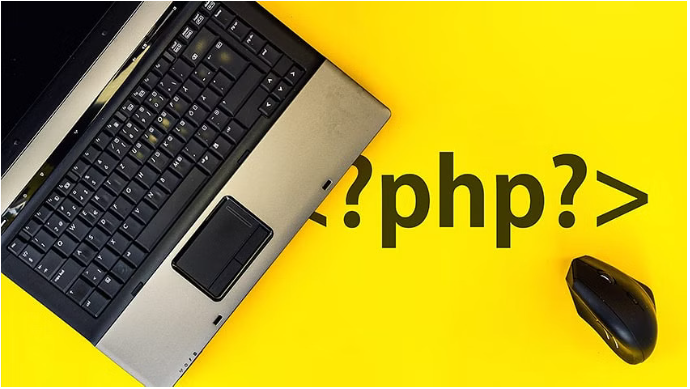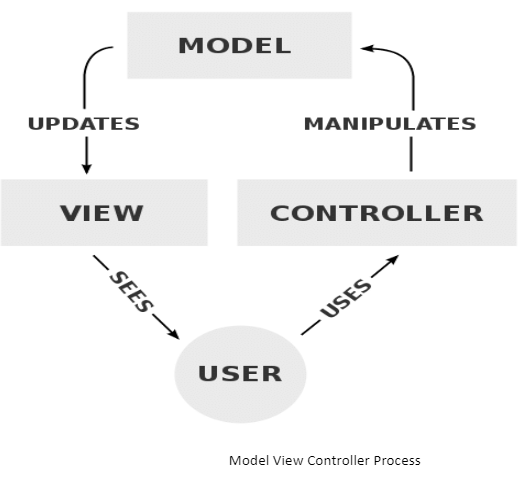
What You Need to Know Before Using a PHP Framework?
Before using a PHP framework, it is important to understand PHP itself. It will be difficult for you to pick up a framework if you do not have a good command of the language. PHP version 7.2 or higher is required for most frameworks.
You may find these articles helpful if you need to brush up on your PHP knowledge:
- Best PHP tutorials
- PHP 8.1 (the current version)
- PHP 8.2 (the next version)
Your next step should be to build some PHP applications of your own, so you have a clear understanding of what’s required on both the front-end and back-end.
Knowing object-oriented PHP is also essential, as most modern PHP frameworks are object-oriented. Understand concepts such as classes, objects, inheritance, methods, traits, and access modifiers.
Due to the fact that many web applications are connected to a database, you should be familiar with databases and SQL syntax. There is a list of supported databases for each PHP framework.
Object-Relational Mapping (ORM) is an important concept to understand. By using object-oriented syntax instead of SQL, ORM allows users to access database data. The result is that you can write your database queries in familiar PHP, although there may be times when SQL is more appropriate.
There are many PHP frameworks that include their own ORM. The Laravel framework uses the Eloquent ORM. Others use open source ORMs such as Doctrine.
It is helpful to have a basic understanding of how web servers such as Apache and Nginx work. For your app to function optimally, you may need to configure files on the server.
Most of your development will probably take place locally, so you should be familiar with localhost as well. Using Vagrant and VirtualBox, you can also create and test your application in a virtual environment.
Model View Controller architecture
The Model View Controller (MVC) design pattern is typically used in PHP frameworks. The manipulation of data is separated from its presentation in this concept.
Model View Controller Process

Business logic and application data are stored in the Model. Data is passed to the View, which is the presentation layer. Through the Controller, the User can interact with the View and input instructions. Model receives these commands from the Controller, and the cycle continues.
The Model represents data, the View represents appearance, and the Controller represents behavior.
The User is the patron who arrives at the bar (the View) in search of refreshment. In this case, the User gives their drink order to the bartender (the Controller).
Controllers construct orders based on the Model – the recipe, the ingredients, and the equipment. Depending on the cocktail, they may use any of the following ingredients:
- Alcohol
- Fruit juice
- Ice
- Lemon
- Glass
- Cocktail shaker
- Olive
- Stirrer
The finished cocktail is placed on the bar for the User’s enjoyment. If the User desires another drink, he or she must speak with the Controller first. It is not permitted for them to access the Model and mix their own drinks.
As a PHP application, the MVC could be described as follows:
- Model: a database
- View: a HTML page or pages
- Controller: responsible for accessing and updating the database
A command-line interface (CLI) is helpful when using a PHP framework. Laravel has its own command line interface, called Artisan Console. You can create models, controllers, and other components for your project using the make command in Artisan.
It is also essential to be familiar with the command line in order to use the Composer PHP package manager. Yii Framework uses Composer to install and manage dependencies, packages that are necessary for an application to function.
It is Packagist that contains the majority of the packages that can be installed with Composer. Symfony is the framework used by some of the most popular Composer packages.



